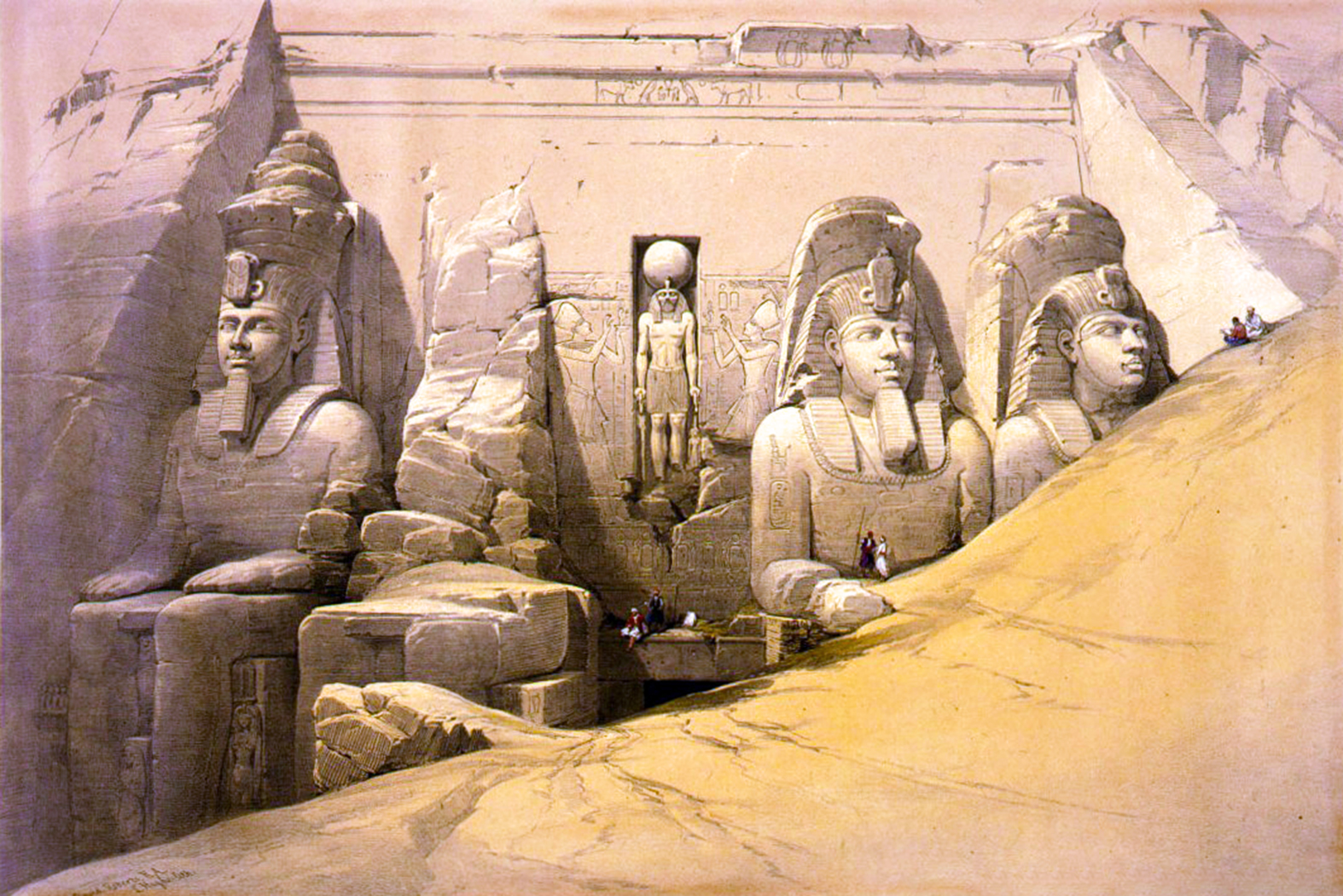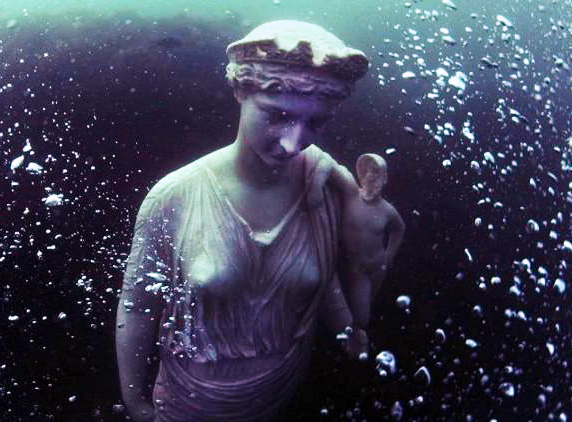Giovanni Battista Belzoni was a prolific Italian explorer and pioneer archaeologist of Egyptian antiquities. He is known as The Great Belzoni. Born in Padua in 1778, his family was from Rome. When Belzoni was 16, he went to the city and intended to ultimately take monastic vows. In 1798, the occupation of the city by French troops drove him from Rome which changed his proposed career. In 1800, he moved to the Netherlands, where he earned a living as a barber. He was an enormous man – a giant for his day, standing 6’7” and with a broad chest. He went to England in 1803, where he married an Englishwoman named Sarah Bane. He went to work in fairs as a strongman called the “Patagonian Samson.” The highlight of his act was to lift a specially constructed frame with 12 people sitting on it and then, still holding it, walk across the stage. This career lasted for ten years.
In 1812, he left England and after a tour of performances in Spain, Portugal and Sicily, he went to Malta in 1815. There he met Ismael Gibraltar, an emissary of Muhammad Ali, who at the time was running a project of land reclamation and irrigation in Egypt. Belzoni wanted to show Ali a hydraulic machine that he had invented which could be used to raise the waters of the Nile. Though the experiment was successful, the project was not approved by the Pasha. While in Egypt, Belzoni met and joined with British Consul General Henry Salt, who worked on moving the Egyptian treasures to the British Museum. Salt sent Belzoni to Luxor, where he was able to remove the colossal bust of Rameses II and ship it to England. This was by no means an easy task. The statue measured nine feet high and Belzoni was equipped only with wooden poles and locally-made ropes. It took him 17 days and 130 men to tow the seven ton statue to the Nile. Belzoni saved the statue from almost certain destruction. The French had long had their eye on the statue and had even drilled a hole in it (in the right shoulder) to remove it with dynamite. The statue is still on prominent display at the British Museum.
During the next several years, Belzoni participated in the excavation of the great Temple at Edfu and visited Philae and Elephantine. He also made his famous discovery of the mummy of Psammethis. In 1818, Belzoni entered the pyramid of Khafre at Giza, becoming the first explorer in modern times able to find the hidden entrance and enter the inner chambers. In the same year, he led several excavations on the Red Sea and was able to identify the ruined city of Berenice. He was the first European in modern times to visit the oasis of Bahariya, which was rumored to be that of Siwa.
After returning to Great Britain in 1819, he published a book with the impossibly long title of “Narrative of the Operations and Recent Discoveries within the Pyramids, Temples, Tombs and Excavations in Egypt and Nubia.” The book received great publicity and made Belzoni famous. The work is regarded as the first English research in Egyptology. During the next two years, Belzoni held several exhibitions displaying many of his findings.
In 1823, Belzoni set out for western Africa, intending to travel to Timbuktu. Having been refused permission to pass through Morocco, he chose the Guinea coastal route. He reached Benin, where one report says that he contracted dysentery and died while in a village called Gwato. According to the celebrated traveler Richard Francis Burton, he was murdered and robbed by assailants unknown.
Giovanni Belzoni was not a trained scholar, but an amateur archaeologist motivated by the thrill of a treasure hunt. His excavations were somewhat crude, but he worked at a time when archaeology was still an infant science and where removal of artwork for their exhibition in museums was the objective. As such, Belzoni is regarded as one of the pioneers of Egyptology, whose work was the overture to the later explorations of Egypt.





